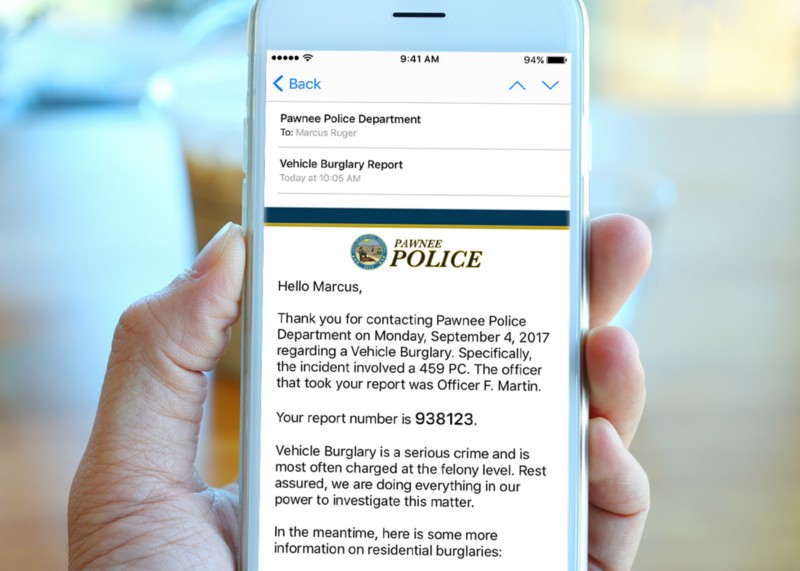Over the last ten years, I have seen firsthand the leaps and strides governments have taken to catch up to the private sector’s pace of innovation. It started with digital engagement: websites and social media. Then we moved forward to providing greater digital access through open data and digital services. (I would be remiss not to applaud the tremendous work that has been done on the latter in the past few years, in particular.)
Even with these advancements, however, these technologies often put the burden on the user. They pull.
You have to sign up to follow an agency, dig through the government’s website for the relevant data or form; or even download and install a custom city app. This makes it hard to imagine these tools finding serious traction — particularly at the local level. (Indeed I’ve seen this myself with open data portals.) Tom Steinberg, an early and longtime leader in government transformation, once said, “People don’t wake up wanting to be civic.”
No, they wake up wanting to see if they have any new texts or emails; needing to get to work and check the weather; and hoping that little further complicates, their already complicated lives.
This is why I suspect a study from a few years back continues to linger. It described the mobile app market is a “winner takes all economy.” An updated study gives more context; specifically, the vast majority of apps — over 80% — are no longer opened after the first 90 days. Then they are left to sit buried away in some folder or fourth or fifth home screen, likely never to be used again.
Fortunately, you’re seeing things start to change. Instead of new apps, you are seeing chatbots; and more than new phones, you hear about personal assistants. Every major technology company is making massive investments in artificial intelligence and machine learning to enable this kind of personal communication delivered directly to those select few platforms you actually listen to. Be it online via text message or social media, or in your home through your Echo or Google Home… They push.
Fortunately, enough, this has been one evolution government technology has not been as slow to pick up. Cities ranging from small to big are developing their own personalized communication systems to answer basic questions or access open data. But this is I’m sure just the start. Indeed, that’s part of what we’re working on at SPIDR Tech.
At SPIDR, this notion of push communications is central to what we do. “No more apps” is a working mantra. That’s because we work with law enforcement agencies that need to provide crucial information to victims of crimes or 911 callers, who do not have time to download another app. And nor do the agencies have the bandwidth for more calls. Instead automated, personalized, and relevant communication makes lives easier for officials and residents.

These aren’t like the more traditional push messages you may be used to from law enforcement (emergency notifications), instead there are personalized for the resident for the specific problem they have. And just as importantly from a governmental perspective, there’s no need for new systems or process change. In fact, using the existing processes / systems, SPIDR is able to provide a 1/1 communication that’d be impossible at scale for an agency.
Indeed, if it is true that, “people don’t wake up wanting to be civic,” and that “the app economy is winner-takes-all,” then our best hope for engaging citizens with the critical information they need is to go to where they are, when they need us.
We do this physically already — it’s the foundation of public service delivery — and now, I believe, we must make it the basis of digital public service delivery.
Abhi Nemani is an advisor at SPIDR Tech, a law enforcement software company delivering police departments the technology they need to give their citizens the service they deserve. Founded by former law enforcement officers, SPIDR Tech was established to help law enforcement agencies leverage their own data so they can improve their public perception, increase their efficiency and save money. Learn more here: spidrtech.com or request a demo.

